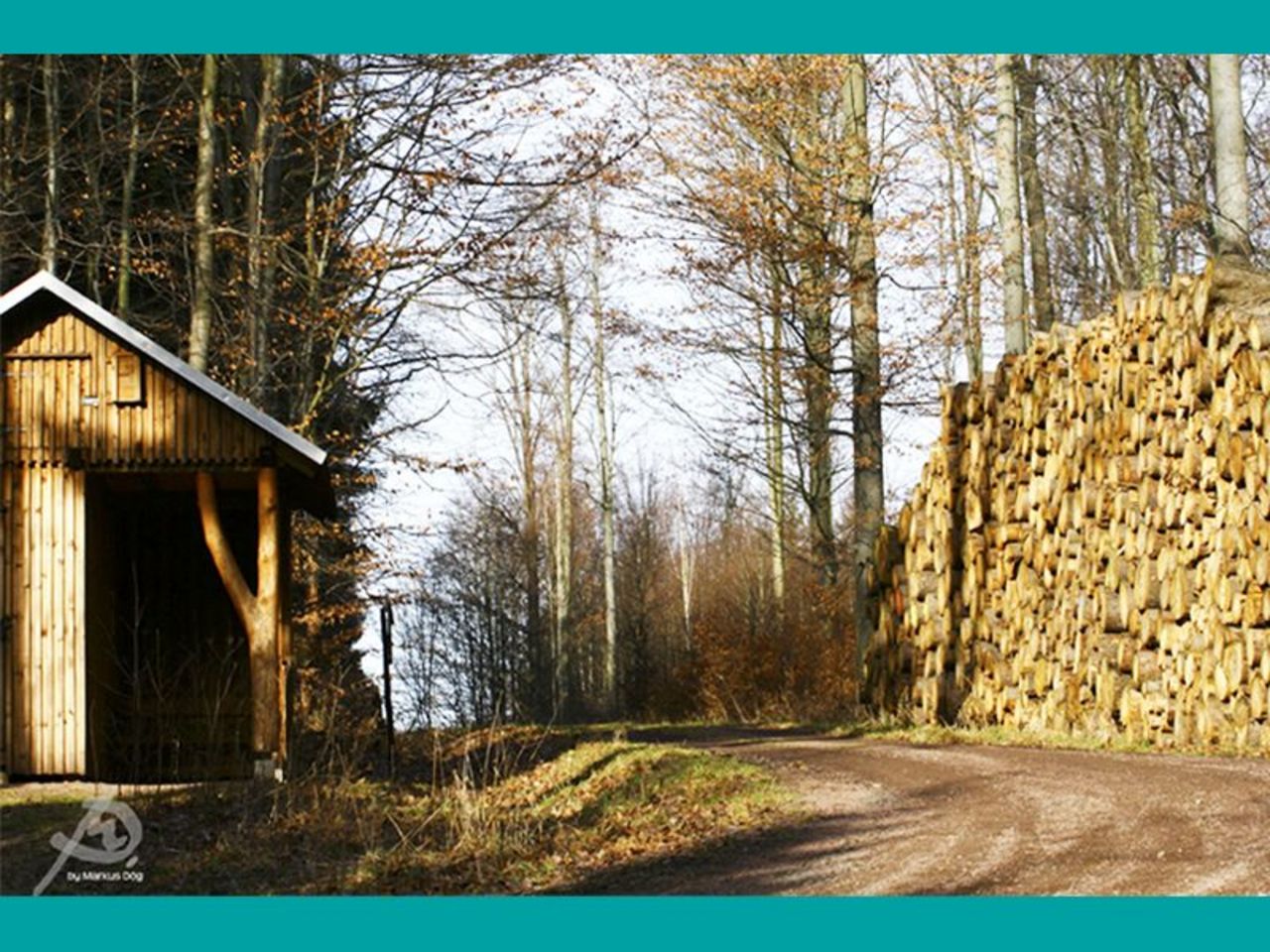Project
Strengthening bioenergy-regions (BEST); SÖB 2: Regional analysis of value added

Strengthening bioenergy-regions (BEST); SÖB 2: Regional analysis of value added
Different users compete for the utilization of forest areas and timber: economic, climate, energy as well as environmental policy objectives must be implemented in forests. We investigate the economic effects of different kinds of forest utilization on a regional level: How much regional value added and employment can be derived from an increase of material or energetic use of timber?
Background and Objective
In regard to climate change as well as changing societal and political framework conditions, concrete strategies for the utilization of forest area and raw wood must be developed on a regional level. For example: Which tree species shall be planted in the future? How much forest shall be designated as nature protection area? The economic impacts of the partially competing possibilities of utilization have so far been evaluated separately. We aim to analyse and compare the different possibilities of forest and timber utilization on a regional level. The results of our research provide a basis for decision-making processes for regional stakeholders. For example, the results can be used to evaluate the regional economic impact of a cessation of timber harvesting due to nature protection.
Target Group
Regional decision-makers from politics, administration and economy
Approach
Based on statistical data, we determine average key figures for the gross production value and for employment for different possibilities of forest and timber utilization. With these key figures different regional value added chains can be derived (for example: forestry – sawmilling industry – timber construction)
Data and Methods
We analyze the value added tax, the cost structure and the material and commodity input statistics of the German Federal Statistical Office. Furthermore we use regional data of forest area and distribution of tree species.
Results
In the course of the project we determined key figures for wood-based value added for forestry, the first processing stage (sawmilling, wood products and pulp industry) and the second processing stage (for example furniture, timber construction, paper). For the energetic use of timber we used data already available in our institute.
We found out, that value added of the energetic and the material uses of wood up to the level of semi-finished goods is comparable. The most value added is generated within the second wood processing stage.
For example: the value added for one unit of raw wood (or wood-based intermediate input) is 65 €/m³ in the value chain “sawmilling industry”, 273 €/m³ in the value chain “timber construction” and 2.647 €/m³ in the value chain “paper”.
The results were transferred to the BEST-case study regions of the administrative district of Göttingen (Lower Saxony) and BERTA (Thuringia). It became clear, that the value added of the regional wood industry will be reduced when more timber is used energetically or when more forest area is set aside for nature protection.
Thünen-Contact

Involved Thünen-Partners
Involved external Thünen-Partners
- Georg-August-Universität Göttingen
(Göttingen, Deutschland) -
Fraunhoher-Institut für Graphische Datenverarbeitung (IGD)
(Rostock, Deutschland) - Nordwestdeutsche Forstliche Versuchsanstalt (NW-FVA)
(Göttingen, Hann. Münden, Deutschland) - Universität Kassel
(Kassel, Witzenhausen, Deutschland) -
proBERTA e.V
(Großfahner, Deutschland)
Funding Body
-
Federal Ministry of Education and Research (BMBF)
(national, öffentlich)
Duration
1.2012 - 8.2014
More Information
Project status:
finished
List of Publications
- 0
Rosenkranz L, Seintsch B, Dieter M (2015) Decomposition analysis of changes in value added : a case study of the sawmilling and wood processing industry in Germany. Forest Pol Econ 54:36-50, DOI:10.1016/j.forpol.2015.01.004
- 1
Rosenkranz L, Seintsch B, Wippel B, Dieter M (2014) Income losses due to the implementation of the habitats directive in forests - conclusions from a case study in Germany. Forest Pol Econ 38:207-218, DOI:10.1016/j.forpol.2013.10.005
- 2
Haverkamp M, Henke S, Kleinschmit C, Möhring B, Müller H, Mußhoff O, Rosenkranz L, Seintsch B, Schlosser K, Theuvsen L (2014) Vergleichende Bewertung der Nutzung von Biomasse: Ergebnisse aus den Bioenergieregionen Göttingen und BERTA. 55 p Diskussionspap Departm Agrarökon Rurale Entwickl Univ Göttingen 1405



![[Translate to English:] Logo des Bundesministerium für Ernährung und Landwirtschaft](/media/allgemein/logos/BMEL_Logo.svg)